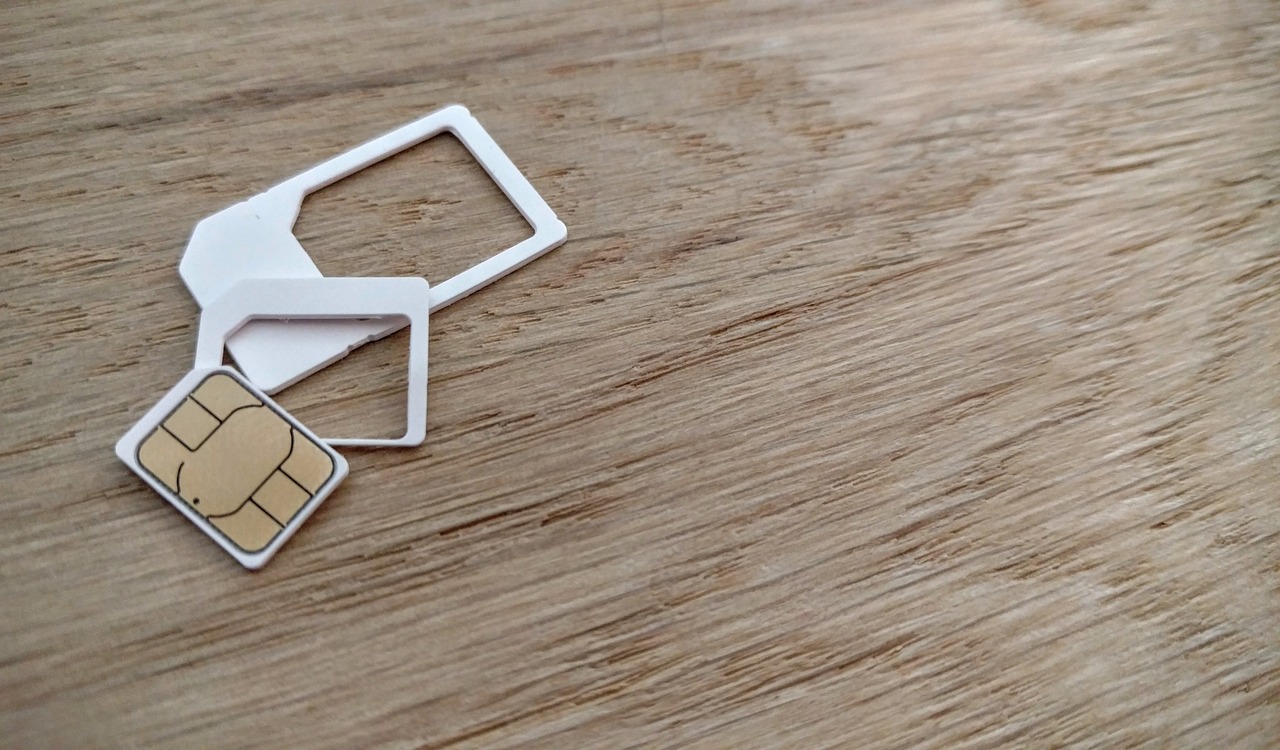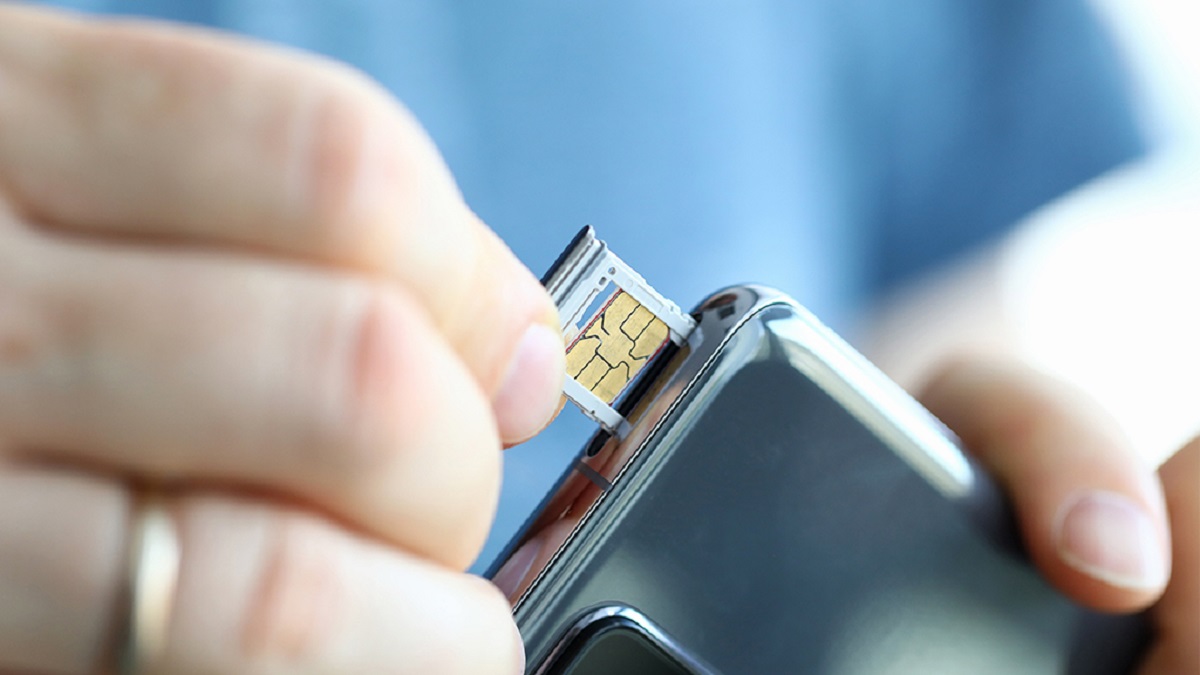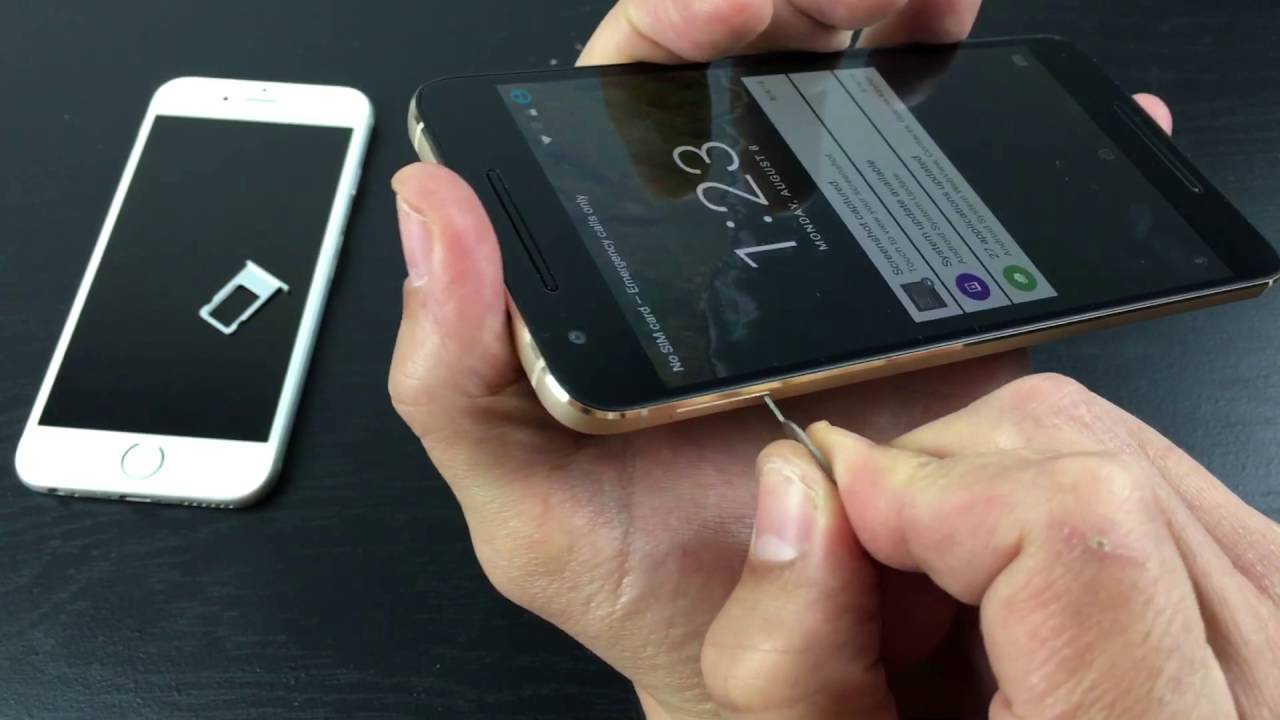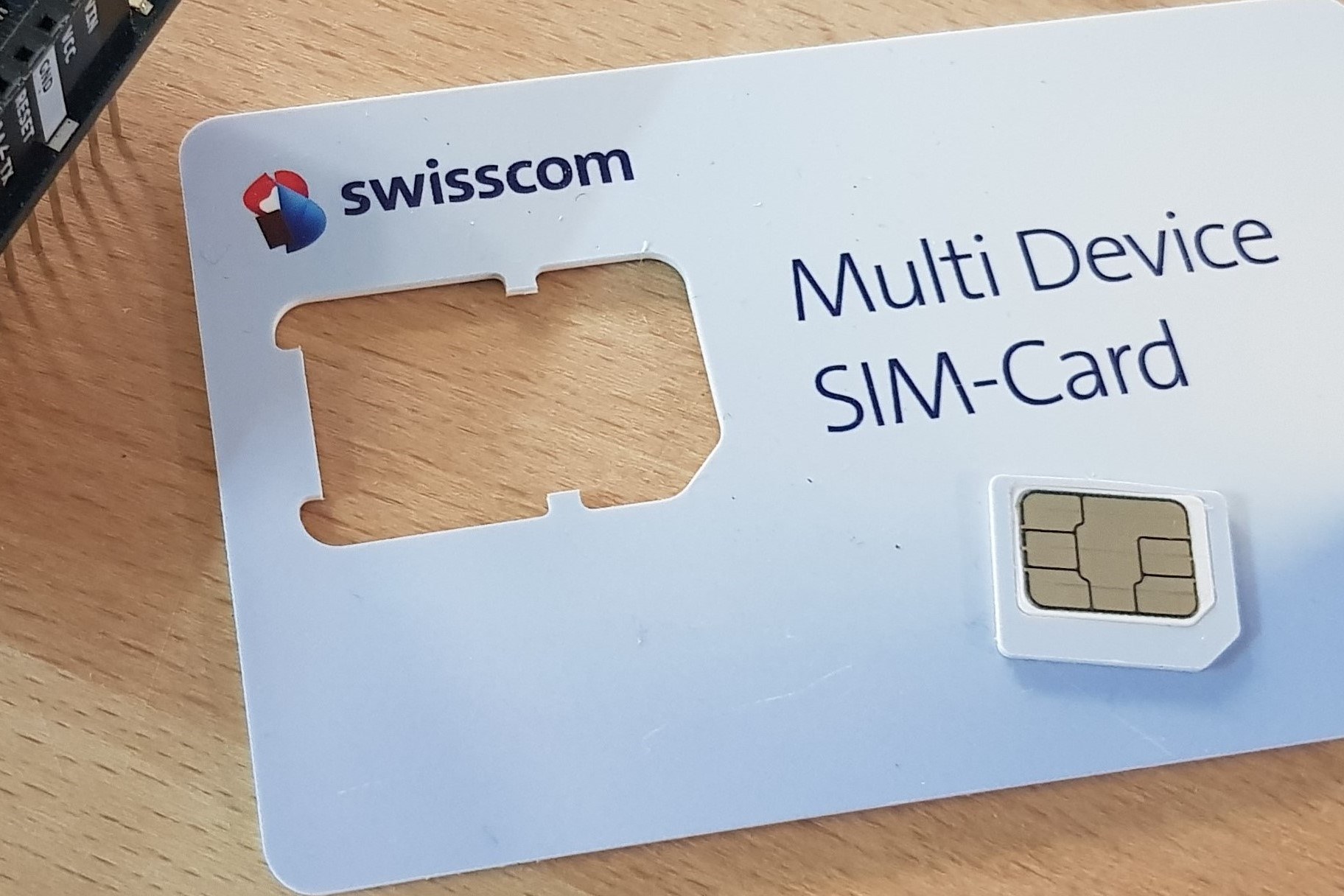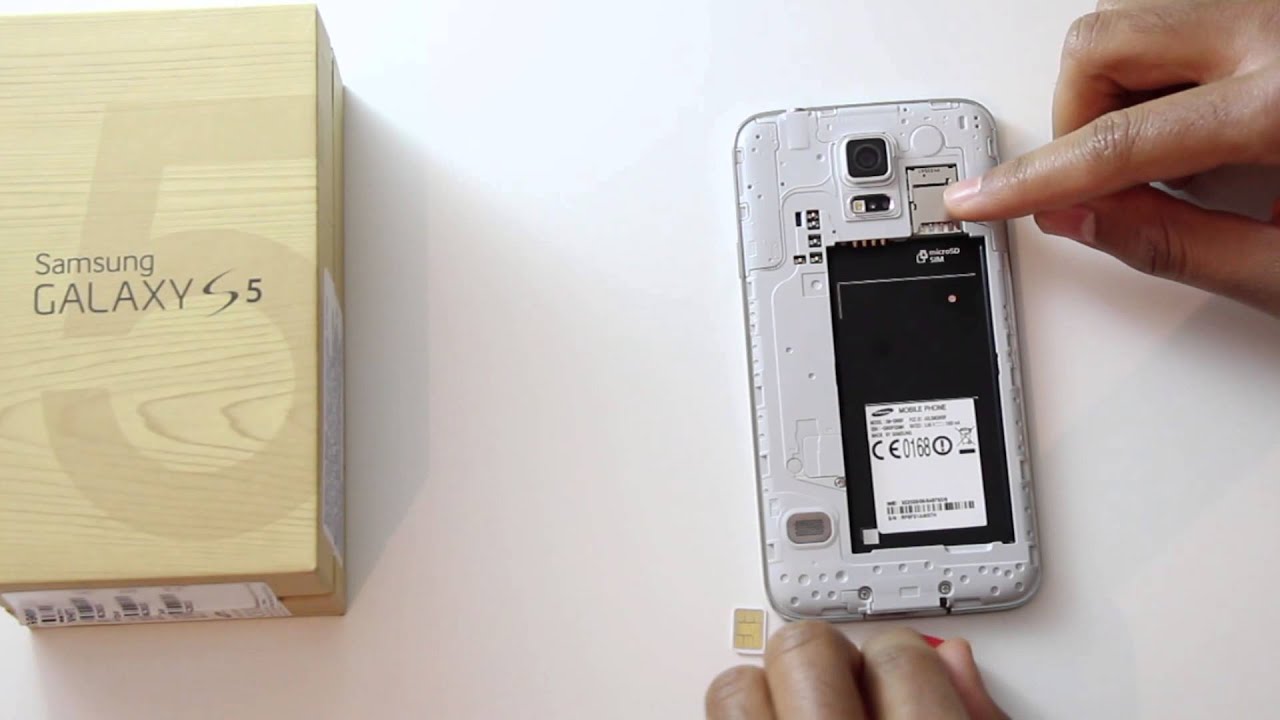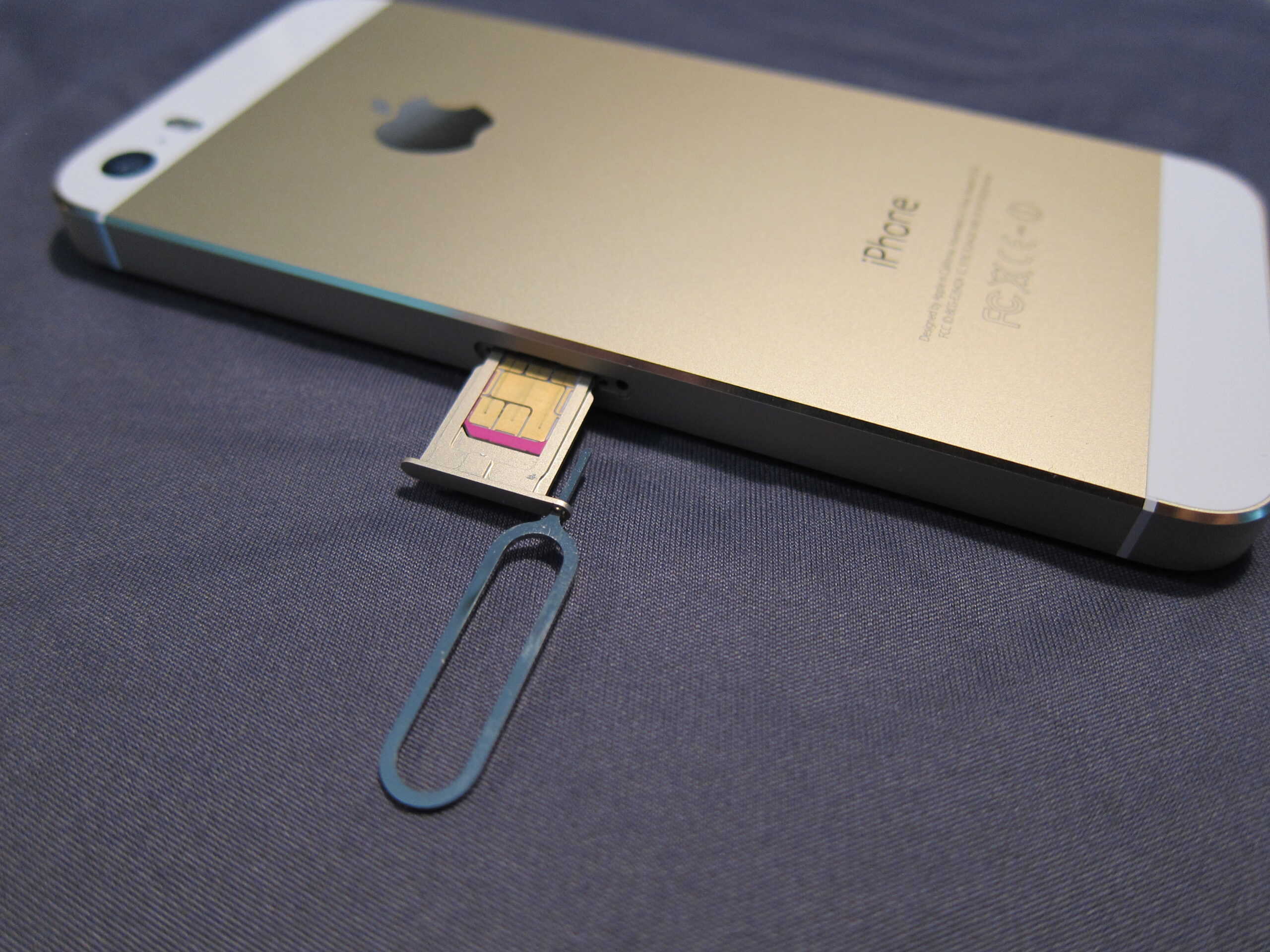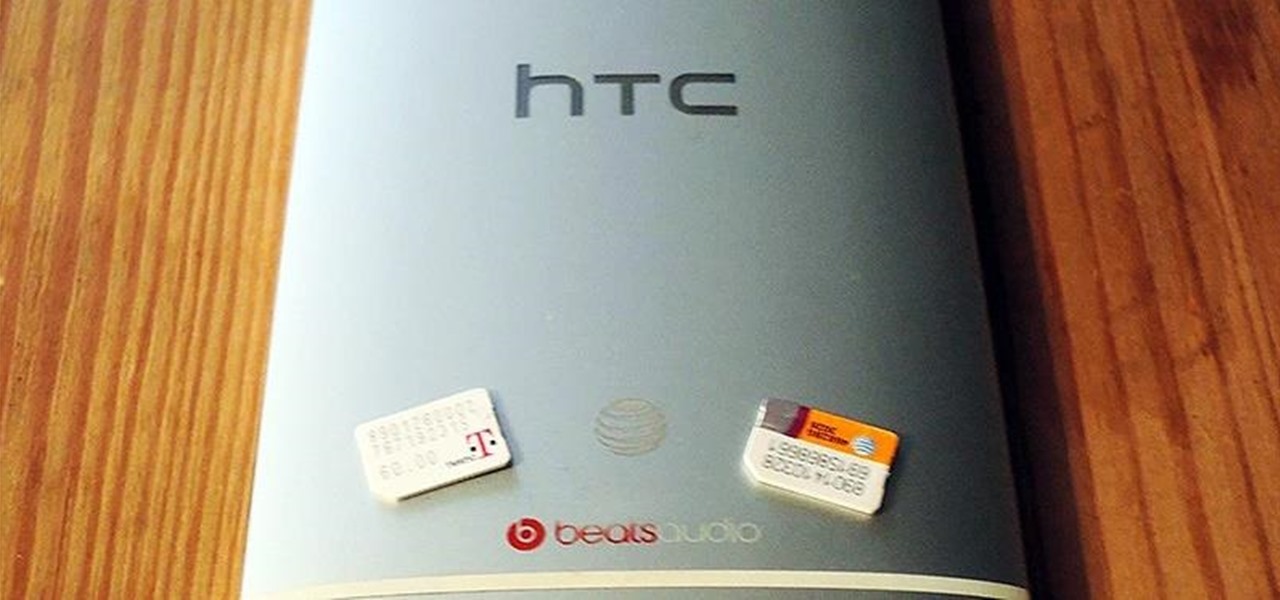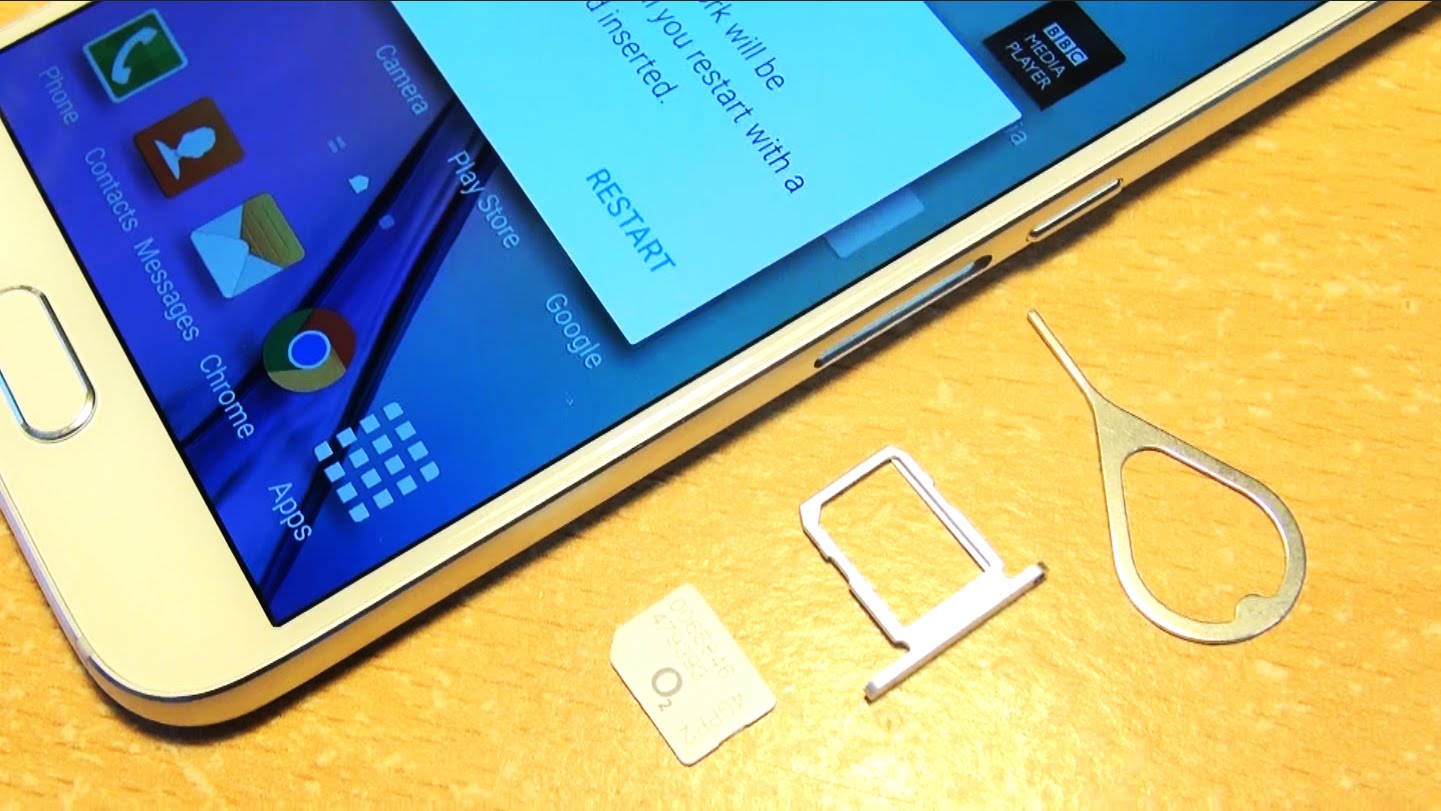Introduction
In today's fast-paced digital age, mobile devices have become indispensable tools for communication, productivity, and entertainment. At the heart of these devices lies a small yet powerful component—the Nano SIM card. This tiny, thumbnail-sized chip plays a pivotal role in enabling seamless connectivity and access to mobile networks. Understanding the functions of a Nano SIM card is essential for anyone who relies on a smartphone, tablet, or other mobile devices for their daily activities.
The Nano SIM card, with its compact design and advanced technology, has revolutionized the way we use mobile devices. As we delve into the intricate workings of this minuscule marvel, we'll uncover its evolution, functions, and the advantages it offers. Whether you're a tech enthusiast, a casual user, or someone seeking to expand their knowledge of mobile devices, this exploration of Nano SIM cards will provide valuable insights into a critical component of modern communication technology.
As we journey through the evolution of SIM cards, we'll gain a deeper appreciation for the Nano SIM's compact form factor and enhanced capabilities. Furthermore, we'll explore the practical aspects of using a Nano SIM card, from installation in a mobile device to the seamless activation of mobile services. By understanding the functions and advantages of Nano SIM cards, users can optimize their mobile experience and harness the full potential of their devices.
Join me as we embark on an enlightening exploration of Nano SIM cards, unraveling their significance in the realm of mobile technology and discovering the ways in which they empower users to stay connected, informed, and engaged in the digital landscape.
What is a Nano SIM Card?
A Nano SIM card, the smallest of its kind, is a crucial component in modern mobile devices. Its compact size belies its significance, as it serves as the gateway to cellular networks, enabling voice calls, text messaging, and data connectivity. The Nano SIM measures a mere 12.3mm by 8.8mm, making it substantially smaller than its predecessors, the standard SIM and micro SIM cards. This diminutive form factor allows mobile device manufacturers to design sleeker and more compact devices, while still providing robust connectivity.
The Nano SIM card's reduced dimensions are a response to the ever-shrinking form factors of contemporary smartphones and tablets. By minimizing the space occupied by the SIM card slot, device manufacturers can allocate more room for advanced hardware components and larger displays. This evolution reflects the industry's commitment to enhancing user experiences through innovation and efficiency.
Despite its small size, the Nano SIM card retains the fundamental functionality of its larger counterparts. It securely stores subscriber information, such as the user's phone number, network authorization data, and other essential details. When inserted into a compatible device, the Nano SIM establishes a secure connection to the mobile network, facilitating seamless communication and data access.
The Nano SIM's design incorporates a precisely engineered chip that stores and processes data, ensuring swift and reliable communication between the mobile device and the network. This advanced technology enables the Nano SIM to support high-speed data transmission, including 4G and 5G connectivity, empowering users to enjoy fast and responsive mobile experiences.
As mobile technology continues to advance, the Nano SIM card remains at the forefront of connectivity, enabling users to stay connected, productive, and entertained. Its diminutive size belies its pivotal role in the seamless operation of modern mobile devices, underscoring its significance in the ever-evolving landscape of communication technology.
The Evolution of SIM Cards
The evolution of SIM (Subscriber Identity Module) cards represents a remarkable journey through the annals of mobile technology. It all began with the standard SIM card, a credit card-sized module that revolutionized the way mobile devices accessed cellular networks. These early SIM cards stored essential subscriber information, such as the user's phone number and network authentication data, in a secure and portable format. This innovation laid the foundation for personalized mobile communication, enabling users to seamlessly transition between devices while retaining their network identity.
As mobile devices evolved, the demand for smaller and more efficient components spurred the development of the micro SIM card. This diminutive iteration retained the functionality of its larger predecessor while occupying significantly less space within mobile devices. The micro SIM's reduced size facilitated the design of slimmer and more compact smartphones and tablets, contributing to the trend of sleek and portable devices that define the modern mobile landscape.
The relentless pursuit of miniaturization and enhanced performance led to the emergence of the Nano SIM card, the smallest and most advanced iteration to date. Its compact dimensions, measuring a mere 12.3mm by 8.8mm, represent a significant reduction from its predecessors, underscoring the industry's commitment to optimizing space within mobile devices. The Nano SIM's evolution reflects the ongoing convergence of cutting-edge technology and user-centric design, as it enables manufacturers to create devices that are both powerful and portable.
The Nano SIM's evolution has been driven by the imperative to accommodate the increasingly compact form factors of contemporary mobile devices. This miniature marvel has become an integral part of the mobile ecosystem, supporting high-speed data transmission, secure network access, and seamless communication. Its evolution embodies the industry's dedication to innovation, efficiency, and user experience, as it continues to empower individuals to stay connected and engaged in an ever-expanding digital world.
The journey of SIM card evolution is a testament to the relentless pursuit of technological advancement, as it has continually adapted to meet the evolving needs of mobile users. From the standard SIM to the Nano SIM, each iteration has marked a significant milestone in the ongoing quest to enhance connectivity and mobility. As the mobile landscape continues to evolve, the Nano SIM card stands as a testament to the industry's unwavering commitment to innovation and progress.
The Functions of a Nano SIM Card
The Nano SIM card, despite its diminutive size, performs a multitude of essential functions that underpin the seamless operation of modern mobile devices. At the core of its functionality is the secure storage and retrieval of subscriber information, including the user's phone number, network authorization data, and other crucial details. This data is securely stored within the Nano SIM's integrated chip, ensuring that it remains accessible and protected against unauthorized access.
One of the primary functions of the Nano SIM card is to authenticate the user's identity and authorize access to the mobile network. When inserted into a compatible device, the Nano SIM initiates a secure handshake with the network, verifying the user's credentials and enabling seamless connectivity. This process is essential for ensuring that only authorized users can access mobile services, safeguarding the integrity of the network and protecting user privacy.
Furthermore, the Nano SIM facilitates voice calls, text messaging, and data connectivity by establishing and maintaining a secure communication channel with the mobile network. Its advanced technology enables swift and reliable transmission of voice and data, supporting high-speed connectivity and ensuring a responsive mobile experience. This functionality is instrumental in enabling users to stay connected, informed, and productive, whether they are making calls, sending messages, or accessing online services.
The Nano SIM card also plays a crucial role in enabling roaming services, allowing users to access mobile networks outside their home network's coverage area. By securely storing subscriber information and network authentication data, the Nano SIM enables seamless roaming, ensuring that users can stay connected and accessible while traveling domestically or abroad. This function underscores the Nano SIM's versatility and its ability to facilitate uninterrupted communication across diverse geographic regions.
In addition to its core functions, the Nano SIM card supports the secure storage of contact information, enabling users to store and manage their contacts directly on the SIM card. This feature provides a convenient backup of essential contact details and ensures that users can easily transfer their contacts between devices, enhancing flexibility and convenience.
Overall, the Nano SIM card's functions extend far beyond its diminutive size, encompassing critical aspects of mobile communication, network access, and user identity. Its advanced capabilities and secure storage make it an indispensable component of modern mobile devices, empowering users to stay connected, productive, and engaged in an increasingly interconnected world.
How to Use a Nano SIM Card
Using a Nano SIM card involves a straightforward process that allows for seamless integration with a compatible mobile device. The following steps outline the typical procedure for installing and activating a Nano SIM card:
-
Identify the Nano SIM Slot: Before proceeding, it is essential to identify the Nano SIM card slot on the mobile device. This slot is specifically designed to accommodate the Nano SIM card and is typically located on the side or top of the device. Some devices may require the use of a SIM ejector tool to access the SIM slot.
-
Power Off the Device: To ensure the safety of the SIM card and the device, it is advisable to power off the mobile device before inserting or removing the Nano SIM card. This precautionary step helps prevent any potential damage to the SIM card or the device's SIM slot.
-
Insert the Nano SIM Card: Carefully insert the Nano SIM card into the designated slot, ensuring that it aligns with the SIM slot's orientation. The Nano SIM card's compact size requires precision during insertion to avoid any damage to the card or the device. Once properly aligned, gently push the Nano SIM card into the slot until it is securely in place.
-
Power On the Device: After successfully inserting the Nano SIM card, power on the mobile device. Upon booting up, the device will detect the newly inserted Nano SIM card and initiate the activation process. Depending on the device and network provider, the activation may occur automatically or require manual configuration.
-
Activate Mobile Services: Once the Nano SIM card is detected and initialized, users may need to activate mobile services, such as voice calls, text messaging, and data connectivity. This typically involves following the on-screen prompts to configure network settings and complete the activation process.
-
Confirm Network Connectivity: After activating mobile services, users should confirm that the device successfully connects to the mobile network. This can be verified by checking for signal bars or network indicators on the device's display. Additionally, placing a test call or sending a text message can help ensure that the Nano SIM card is functioning correctly.
By following these steps, users can effectively install and activate a Nano SIM card, enabling seamless access to mobile services and network connectivity. The simplicity of the process underscores the Nano SIM card's user-friendly design, ensuring that users can quickly and effortlessly integrate it into their mobile devices, empowering them to stay connected and productive in today's dynamic digital landscape.
Advantages of Nano SIM Cards
The adoption of Nano SIM cards offers a range of compelling advantages that cater to the evolving needs of mobile users. These advantages encompass not only the physical attributes of the Nano SIM but also its impact on user experience and device functionality.
1. Compact Design:
The Nano SIM's diminutive size allows for greater flexibility in device design, enabling manufacturers to create slimmer and more lightweight mobile devices. This compact form factor contributes to the sleek and portable nature of modern smartphones and tablets, enhancing user comfort and convenience.
2. Enhanced Device Capabilities:
By occupying minimal space within mobile devices, Nano SIM cards enable manufacturers to allocate more room for advanced hardware components, such as larger batteries, improved cameras, and expanded storage capacity. This results in devices that offer enhanced performance and extended functionality without compromising on portability.
3. Compatibility with Diverse Devices:
The Nano SIM's widespread adoption has led to its compatibility with a wide array of mobile devices, including smartphones, tablets, wearables, and other connected gadgets. This universality ensures that users can seamlessly transfer their Nano SIM card between different devices, promoting versatility and ease of use.
4. Support for Advanced Connectivity:
Nano SIM cards are designed to support high-speed data transmission, including 4G and 5G connectivity, enabling users to experience fast and responsive mobile internet access. This advanced connectivity empowers users to stream content, engage in video calls, and access online services with unparalleled speed and reliability.
5. Secure Data Storage:
The Nano SIM's integrated chip provides secure storage for subscriber information, ensuring that sensitive data, such as phone numbers and network authentication details, remains protected. This robust security feature safeguards user privacy and prevents unauthorized access to essential data stored on the SIM card.
6. Roaming Capabilities:
Nano SIM cards facilitate seamless roaming across different mobile networks, allowing users to stay connected while traveling domestically or internationally. This capability ensures uninterrupted access to mobile services, regardless of the geographic location, enhancing the mobility and connectivity of users on the go.
7. Contact Management:
Nano SIM cards support the storage of contact information, providing users with a convenient means of managing and transferring their contacts between devices. This feature offers a reliable backup solution for essential contacts and simplifies the process of transitioning to a new device.
In essence, the advantages of Nano SIM cards extend beyond their compact size, encompassing enhanced device capabilities, advanced connectivity, and robust security features. As the mobile landscape continues to evolve, Nano SIM cards remain pivotal in enabling seamless and efficient communication, ensuring that users can harness the full potential of their mobile devices with unparalleled ease and convenience.
Conclusion
In conclusion, the Nano SIM card stands as a testament to the relentless pursuit of innovation and efficiency within the realm of mobile technology. Its evolution from the standard SIM to the micro SIM and ultimately the Nano SIM reflects the industry's unwavering commitment to enhancing user experiences while optimizing space within mobile devices. The compact design and advanced capabilities of the Nano SIM card have redefined the way we interact with and rely on our mobile devices.
The functions of the Nano SIM card, from securely storing subscriber information to enabling seamless connectivity and advanced roaming capabilities, underscore its pivotal role in facilitating efficient and reliable communication. Its support for high-speed data transmission, coupled with robust security measures, ensures that users can enjoy fast and secure access to mobile services, empowering them to stay connected and productive in an increasingly interconnected world.
Furthermore, the user-friendly nature of Nano SIM cards, as exemplified by the straightforward installation process and compatibility with diverse devices, enhances their appeal to a broad spectrum of mobile users. Whether it's the sleek design of modern smartphones or the seamless connectivity of wearable devices, Nano SIM cards have become indispensable components that enable individuals to navigate the digital landscape with unparalleled ease and convenience.
As we look to the future of mobile technology, the Nano SIM card's significance will continue to resonate, shaping the design and functionality of next-generation devices. Its role in supporting emerging technologies, such as 5G connectivity and IoT (Internet of Things) devices, will further underscore its relevance in an era defined by rapid digital transformation.
Ultimately, the Nano SIM card's journey from a standard-sized module to a diminutive yet powerful component encapsulates the industry's dedication to empowering users with cutting-edge connectivity and mobility. Its impact extends beyond its physical dimensions, encompassing the seamless integration, enhanced device capabilities, and secure communication that have become integral to the modern mobile experience. As we embrace the era of interconnected devices and immersive digital experiences, the Nano SIM card remains a steadfast enabler of seamless communication, connectivity, and user empowerment.







